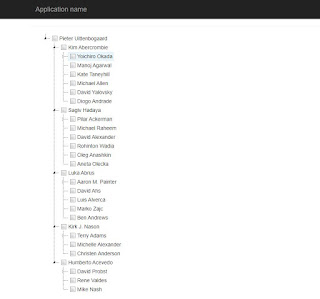ASP.NET MVC Web Application CRUD Using RepoDB ORM

Happy Sunday Awesome Programmers! See the ASP.NET Core MVC version of this tutorial here Create An ASP.NET Core MVC CRUD Website Using RepoDB ORM And SQL Server A week ago, I received a newsletter regarding a promising ORM called RepoDB. This ORM library is created by Michael Pendon who is an application architect in Europe. According to him, RepoDB is an open-source . NET ORM library that bridges the gaps of micro-ORMs and full-ORMs. It helps you simplify the switch-over of when to use the BASIC and ADVANCE operations during the development. It is your best alternative ORM to both Dapper and EntityFramework . It also provides query support to several databases such as MySQL, SQL Server, PostGreSQL and there's a survey that this ORM's performance is faster than Dapper. I've used Dapper before and Entity framework in my ASP.NET MVC applications so, it's time to try using this tool by creating a simple ASP.NET MVC CRUD Application(Create, Read, Update, Delete) Applic...


